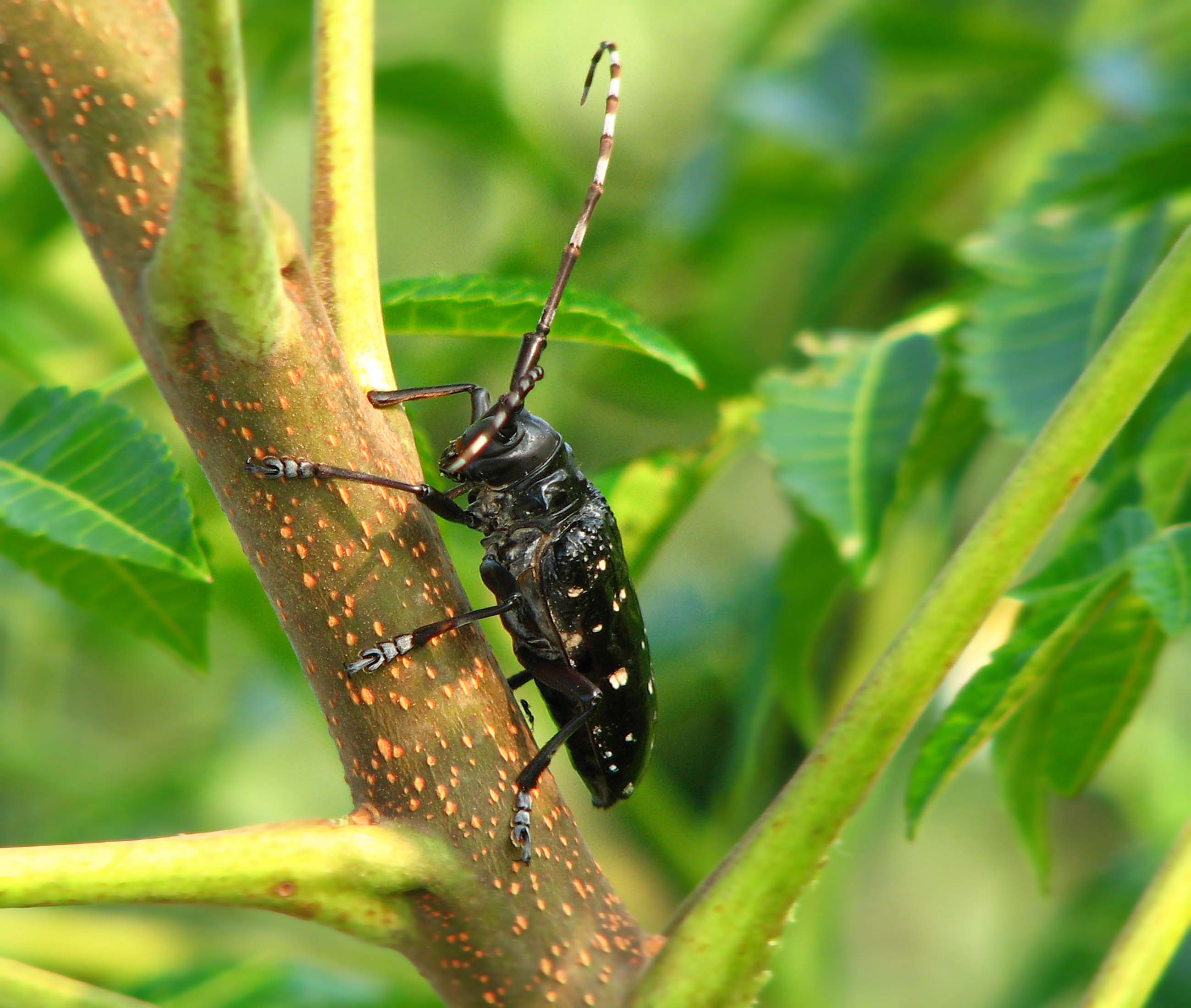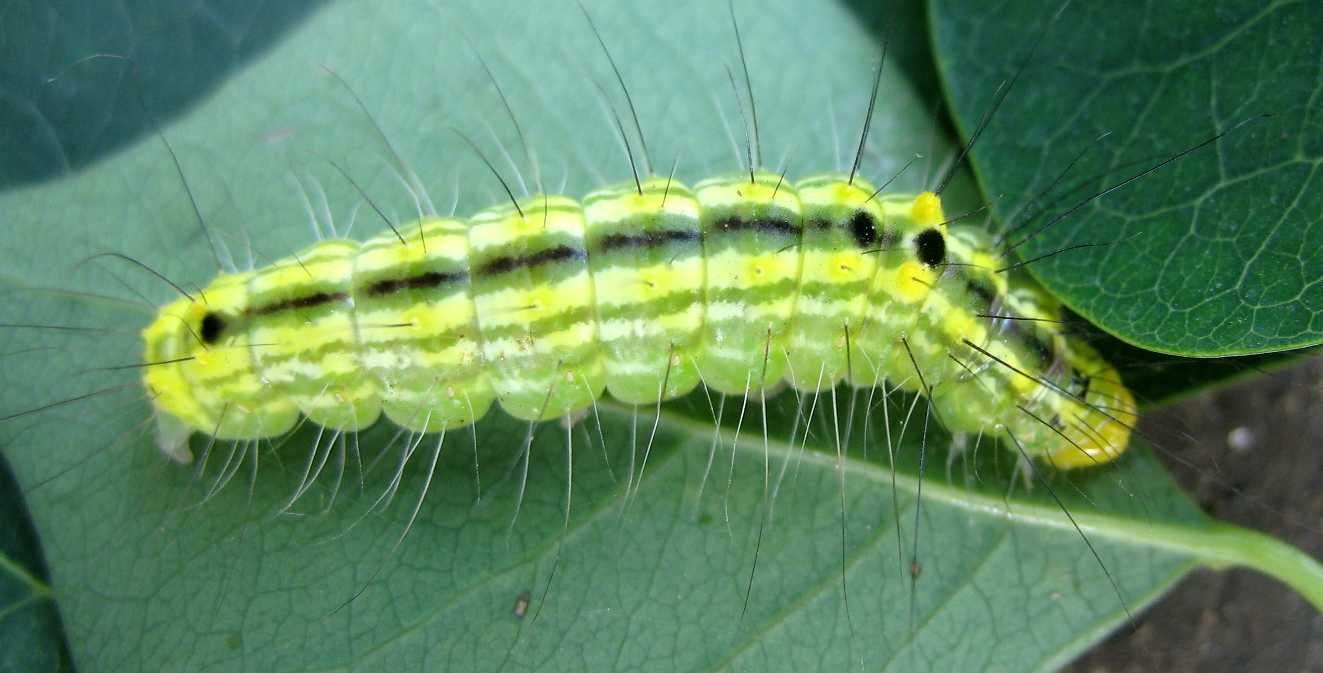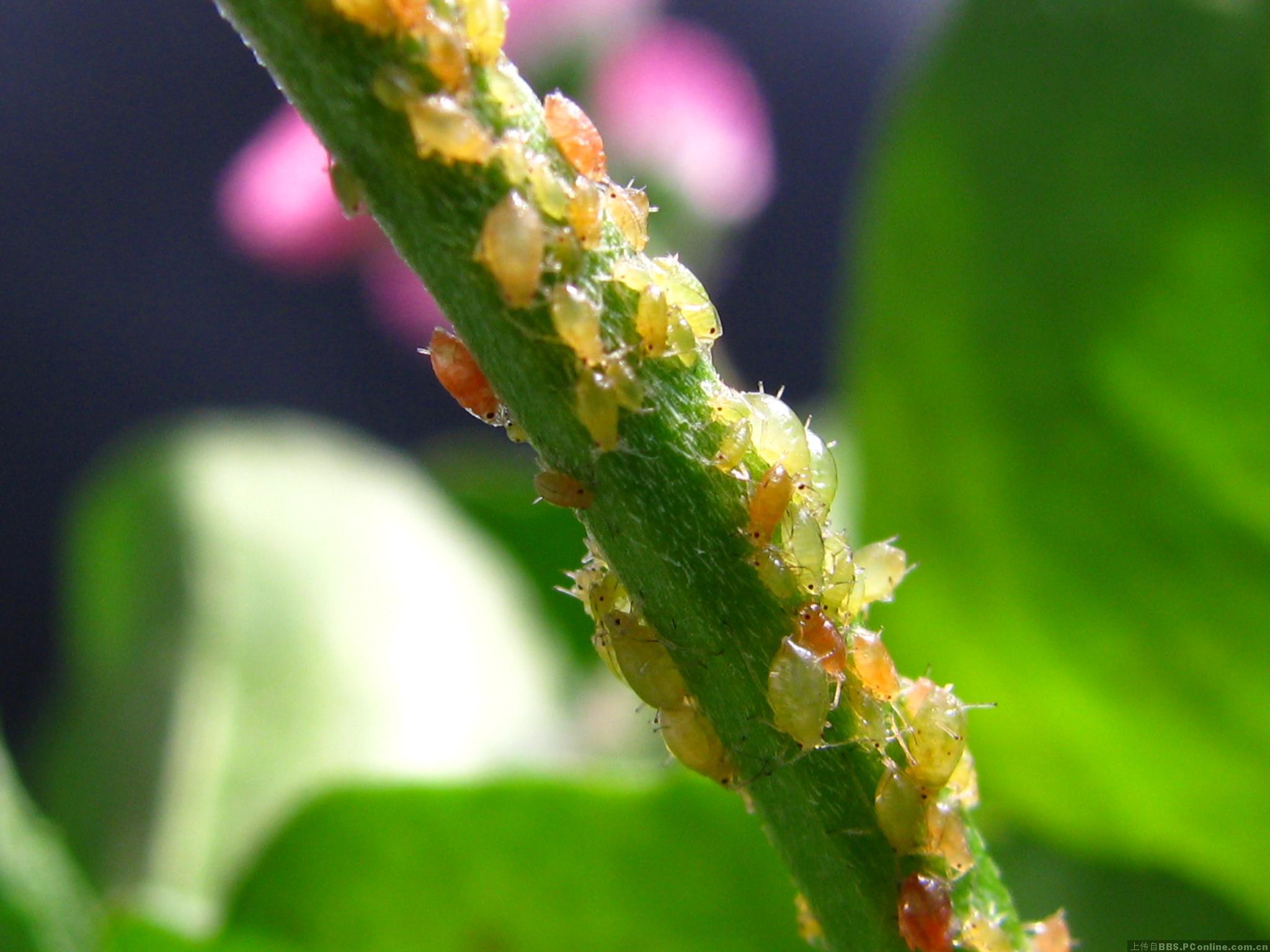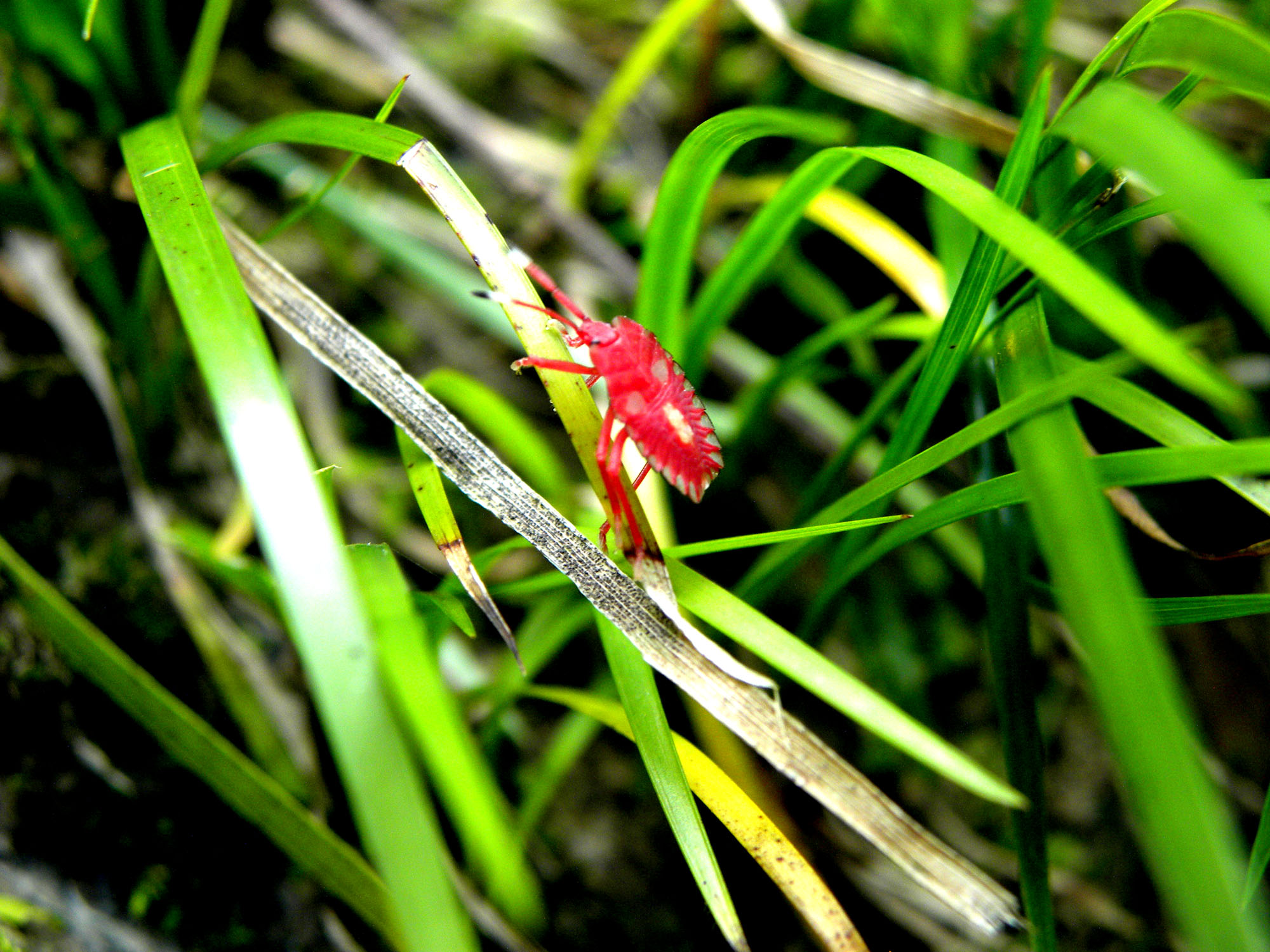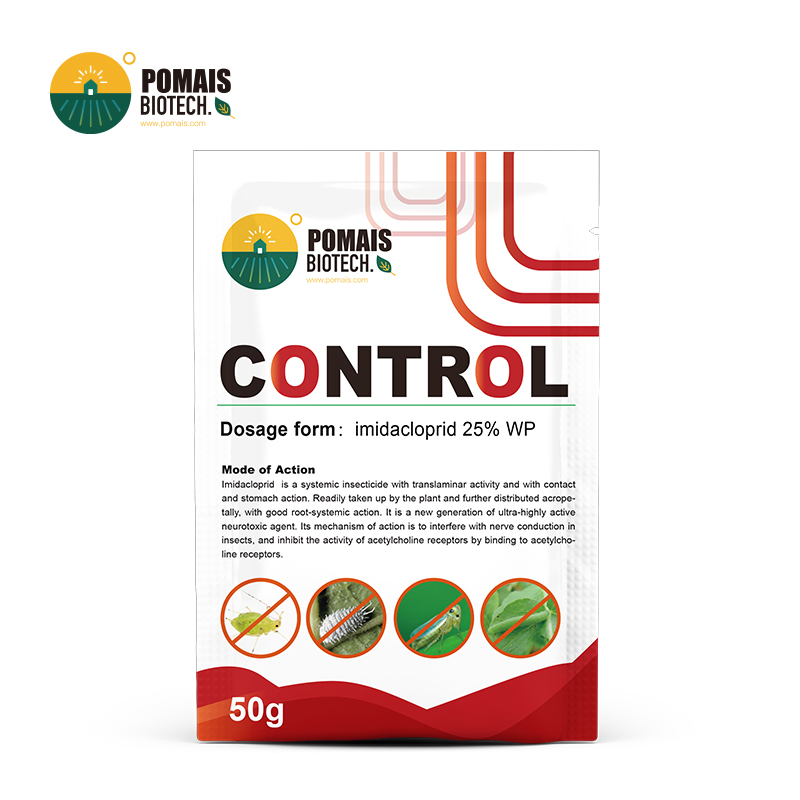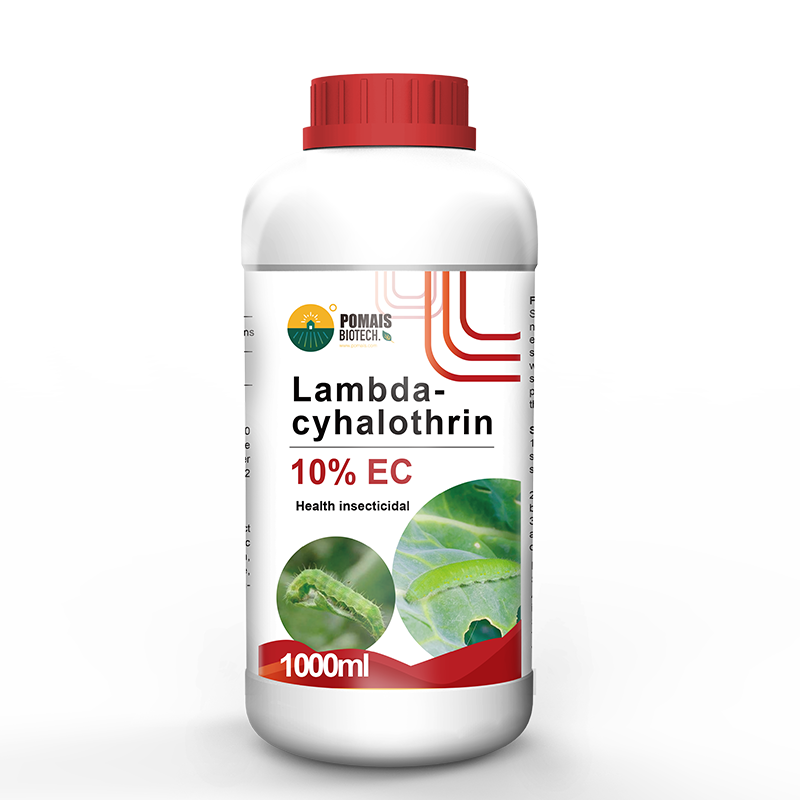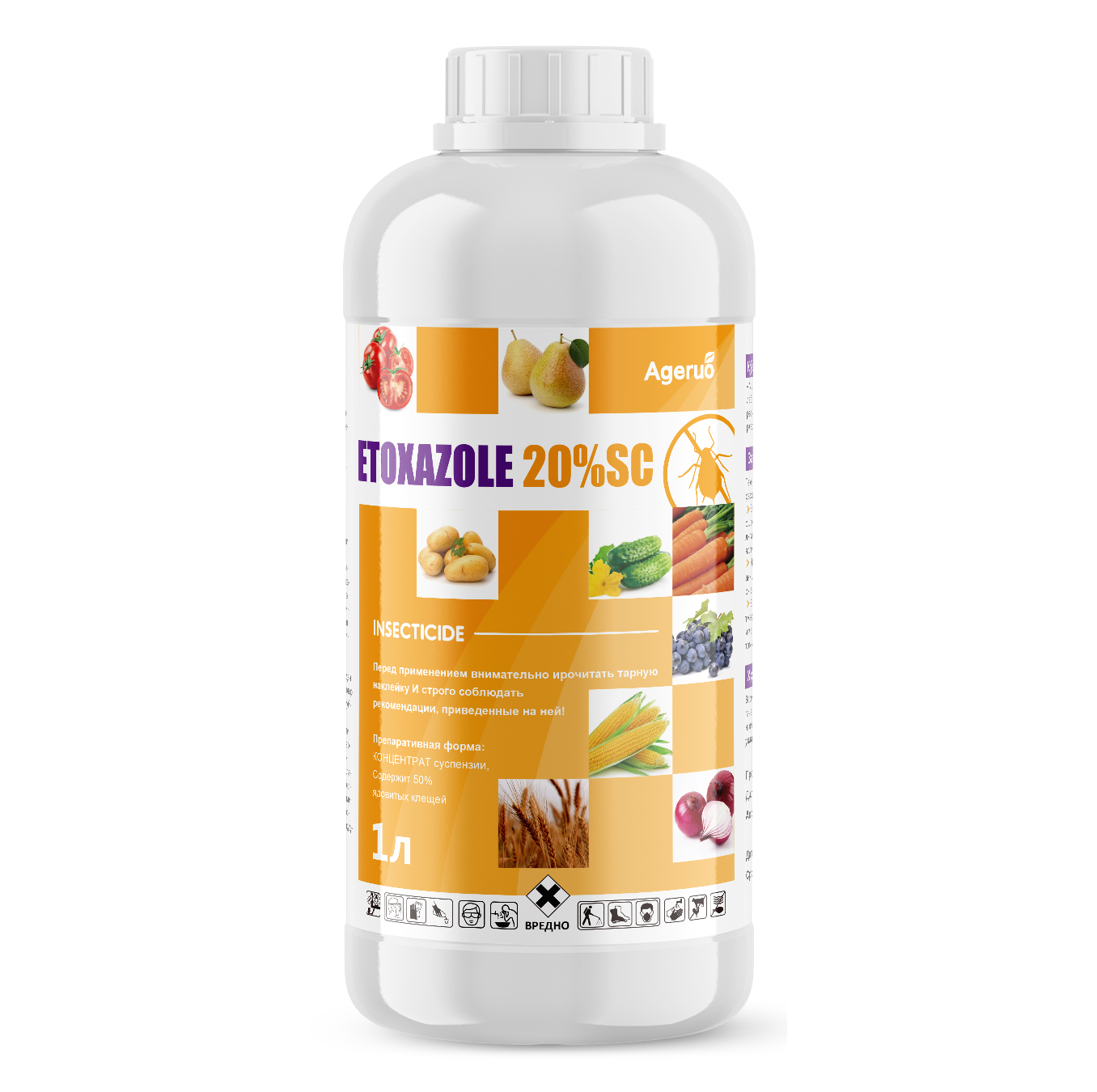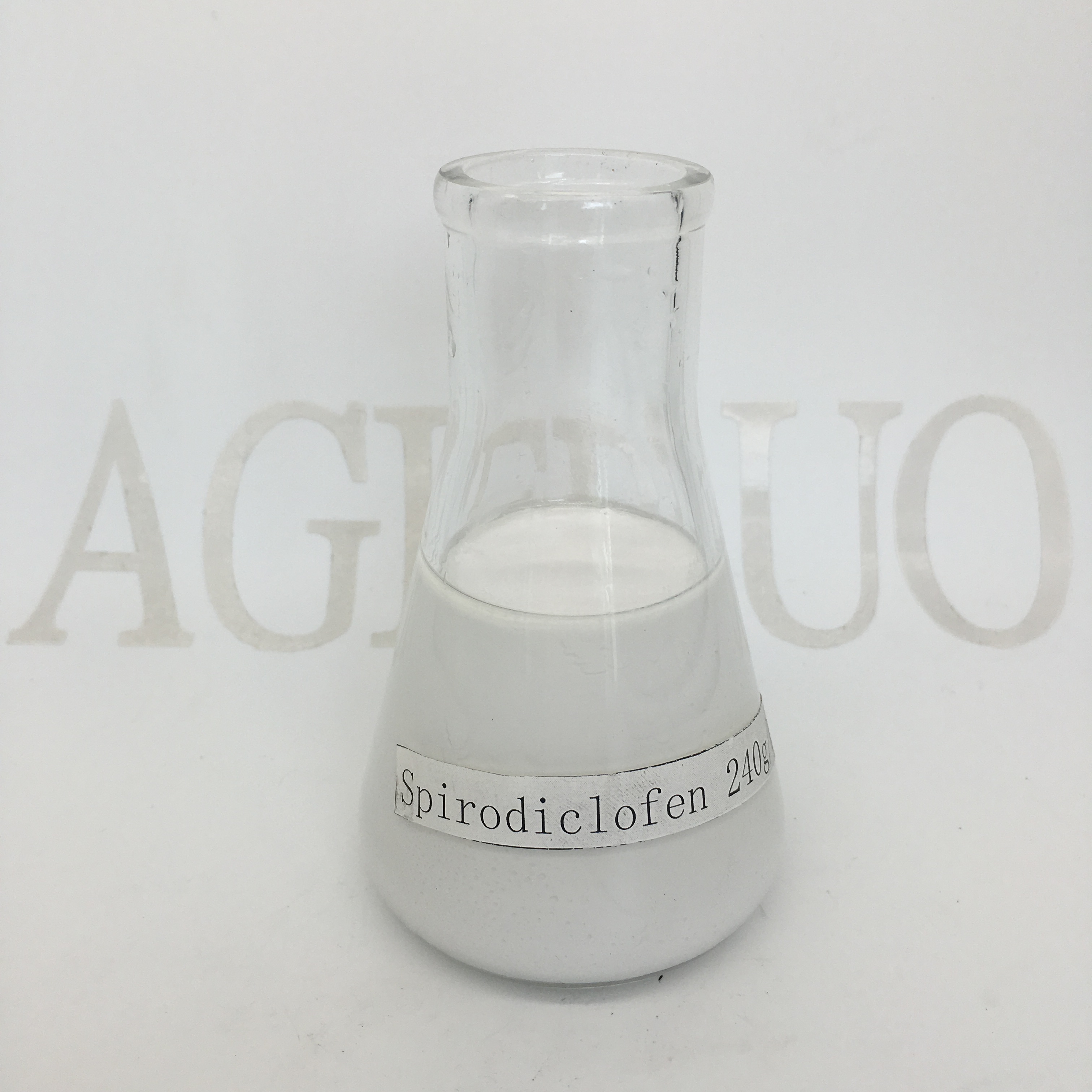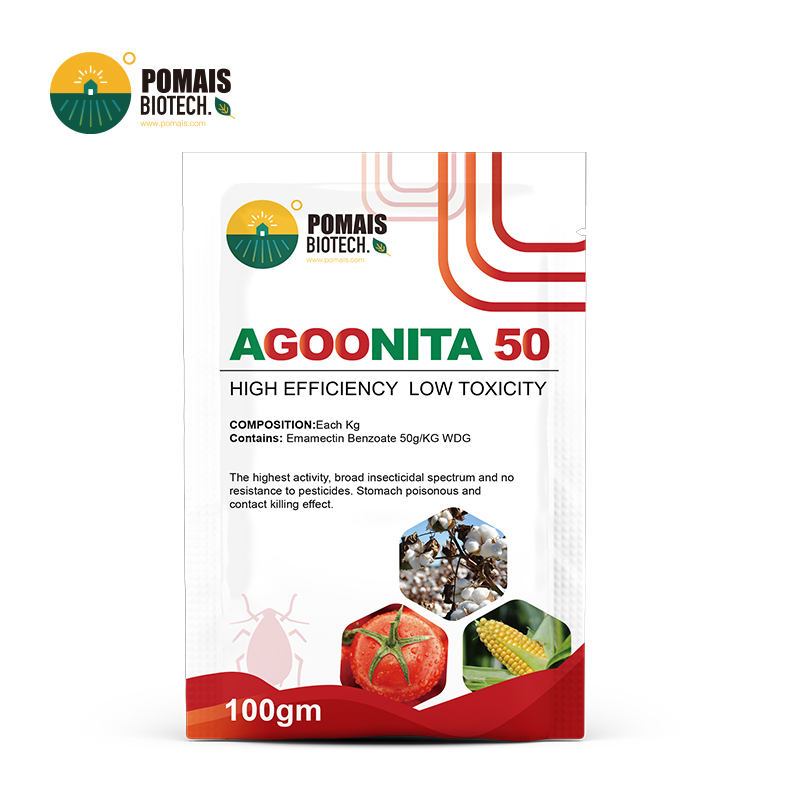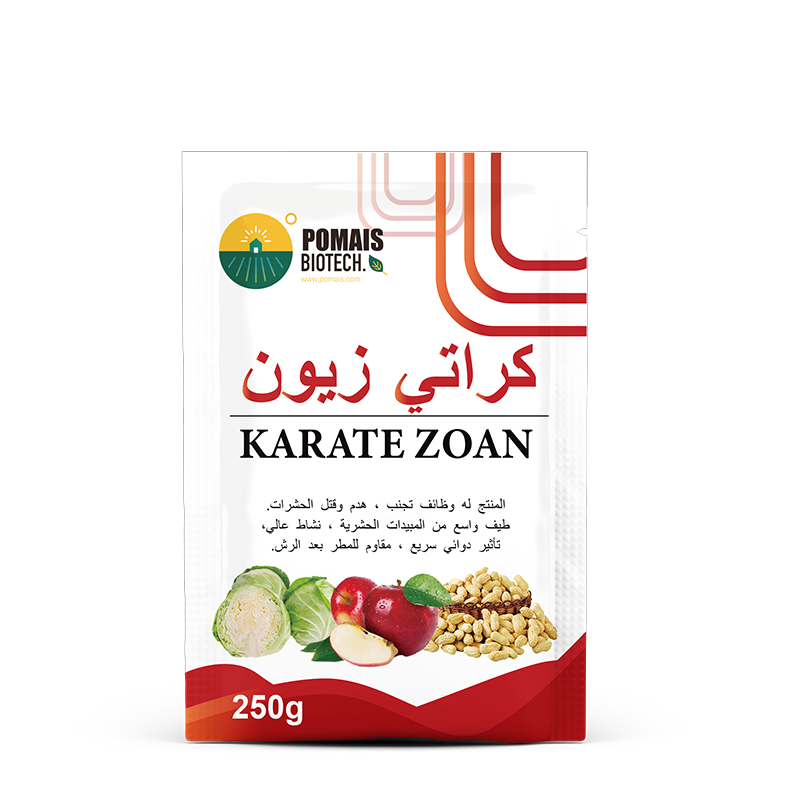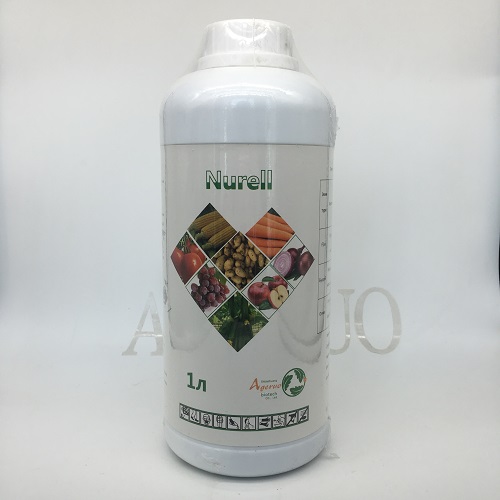Apple trees gradually enter the flowering period. After the flowering period, as the temperature rises rapidly, leaf-eating pests, branch pests and fruit pests all enter the rapid development and reproduction stage, and the populations of various pests will increase rapidly.
About 10 days after flower fall is the second critical period for apple tree pest control. Pay close attention to the occurrence dynamics of major pests. Once the population reaches the control index, preventive and control measures must be taken in time.
Before and after flower fall, mainly check the damage status of leaves, young shoots, young fruits and branches, focusing on red spider mites, leaf roller moths, apple yellow aphids, woolly apple aphids, green bugs, cotton bollworms and longhorn beetles, etc., and check whether there are any signs on the inner leaves. There are red spider mites, aphids on the young shoots, green bugs on the tops of the young shoots, and check whether there are bollworm larvae on the young leaves and young fruits.
For seedlings and saplings, focus on investigating whether there are leaf roller moth larvae on the tops of branches and branch leaves, whether there are white flocs (damage of woolly apple aphids) on the scars of branches and saw cuts, and whether there are a large number of leaf roller moth larvae on the trunks and on the ground. Fresh sawdust-like droppings (long-horned beetle hazard). When the number of pests is large, choose symptomatic pesticide spraying according to the type of pests.
It is worth noting that young fruits are sensitive to pesticides and prone to phytotoxicity. Spraying of emulsifiable concentrate preparations and inferior pesticides should be avoided during this period. In terms of production, the specific prevention and control indicators and measures during actual operation are as follows:
When the number of spider mites is found to reach 2 per leaf during garden patrol, acaricides such as etoxazole or spirodiclofen can be sprayed for control.
When the aphid rate exceeds 60%, insecticides such as imidacloprid, Lambda-cyhalothrin or chlorpyrifos can be sprayed to control aphids as well as green stink bugs, woolly apple aphids and scale insects. Among them, for the prevention and control of apple woolly aphids, when spots occur in the garden, they can be wiped off by hand or brushed away. If it occurs commonly, in addition to spraying the above-mentioned chemicals on the branches of the whole garden, the roots should also be irrigated with 1000 times of 10% imidacloprid wettable powder.
If there are many cotton bollworms in the orchard, you can spray pesticides such as emamectin salt and Lambda-cyhalothrin, which can also control lepidopteran pests such as pear heartworms and leaf rollers.
If you find a fresh defecation hole on a tree trunk, immediately use a syringe to inject 1 to 2 ml of a 50- to 100-fold solution of chlorpyrifos or cypermethrin into the defecation hole, and seal the hole with soil. Be careful not to inject the original drug to prevent the concentration from being too high. High and cause phytotoxicity.
Post time: Apr-15-2024


